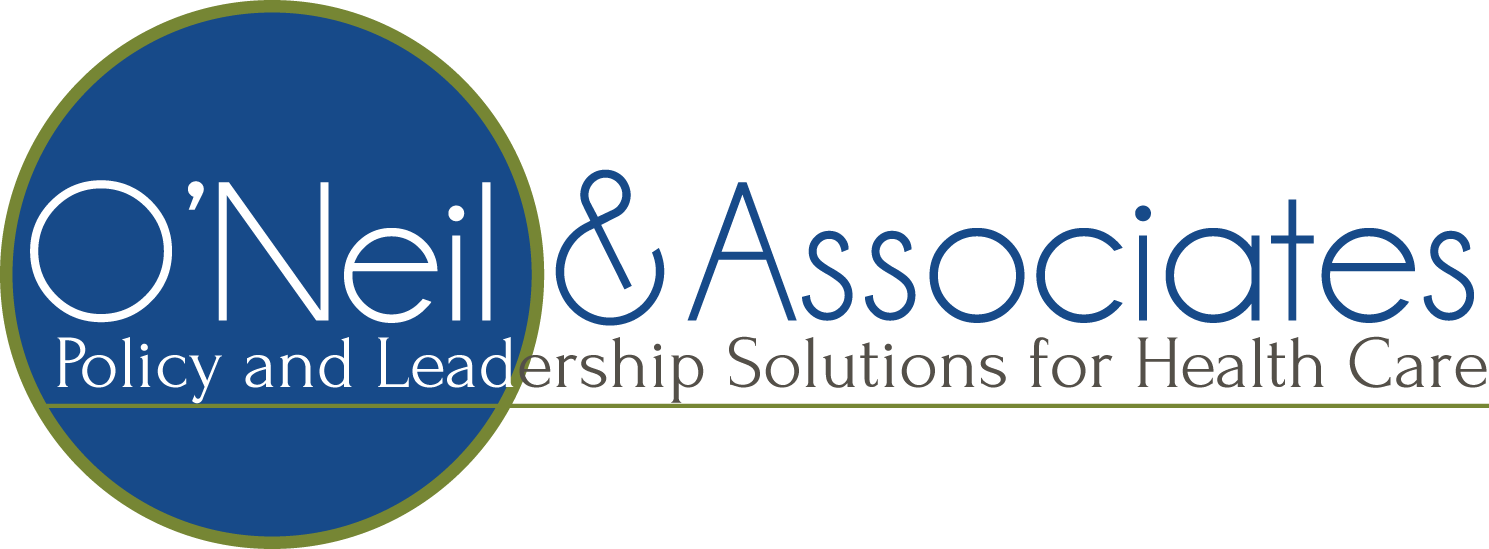Leading Ways: A Changing Work Landscape
/I just got my first Pfizer vax in March, so like others, I’m itching for this year to be over. But that could just be a reaction to the vaccination.
Before we jump from 2-D back to 3-D there are some leadership things to keep in mind about work and how we do it.
What did we learn this year and how do we carry forward what has been valuable? I believe it is pretty amazing that things we thought could never be done- telemedicine, vaccinees in less than a year, about half the work force working remotely- happened because we had to. This should tell us a great deal about how quickly we can change when we need to and how amazingly productive and useful the technology that surrounds us can become when needed. Take some time with your team to identify what you’ve learned and what you want to keep as we go forward.
The best accommodations to the virtual world have been when we took the time to be creative and rethink through what we were trying to accomplish and then use the tools to do things differently, rather than just cram old patterns into the new formats. I have been a part of efforts using both approaches and the former feels like a significant act of reinventing and doing things better, deeper and often faster. The latter, just forcing old ways into virtual spaces, were and remain awkward and strained. The takeaway here is to figure out how to keep the innovative spirit and use the best tools for the outcomes desired.
As the return starts some of our workplaces will be zombie sites – half alive and half dead. Anticipating this reality for everyone, the early returners, those late to the party and the ones that might always stay away for whatever reason and providing the opening for discussion and sharing will help as new work ways will be invented. This points to the reality that all of this will be dynamic and uneven and will require a leadership response for accommodating the discussion, recognizing the shifting feelings around this, applying the lessons learned and encouraging the new ways to form.
These dynamics are likely to present the opportunity for workplaces that are creative hybrids of the face to face and distant. We have had some of this in the past, but it is likely to be more pronounced, accepted, fruitful and necessary in the future. Again, the leadership watchword here is to think through what is needed and what is the best way to accomplish it, not to default to the office workplace, business trip across the country, or working only with existing staff resources.
This leads to the reality that the leadership skills needed in a virtual world are not going away. Mostly leadership is leadership on the screen or in person, but there are real differences and maintaining and continuing to grow the skills for leading at a distance for ourselves and others will be important. If you need a starter discussion on these skills go to Quick Takes for a series done last summer as a place to begin.
As we went into this worldwide challenge last year, we were moving in such uncharted territory that most leaders were aware of the need to double down on communications. This current switch may seem more familiar and the need for reaching out seem less pronounced. It is not. To check back on your crisis and change communication skillset check this post from last year on that topic.
I think that a year away from the day-to-day reality of work may also hasten some of the Boomer retirements as many of us reflect on some of the lessons that might have been learned this year, including home is not so bad, the world doesn’t stop when you are not at the helm, you are not nearly as facile at that technology as you thought. Little things like that. Organizations and leaders will want to anticipate these changes making sure that some succession thinking is going on, that the response takes into account the new work landscape and even how retirees can be more creatively used within that landscape.
Finally, this is a particularly auspicious moment. Many things have changed and is important for leaders to be very intentional about the opportunities that are afforded by the new environment. This will require them to create ways for all of their staff to engage, express their preferences, share their new skills and expectations and be willing to foster and sponsor deep changes in how we organize, conduct and evaluate work. Do not miss this window through inattention.
